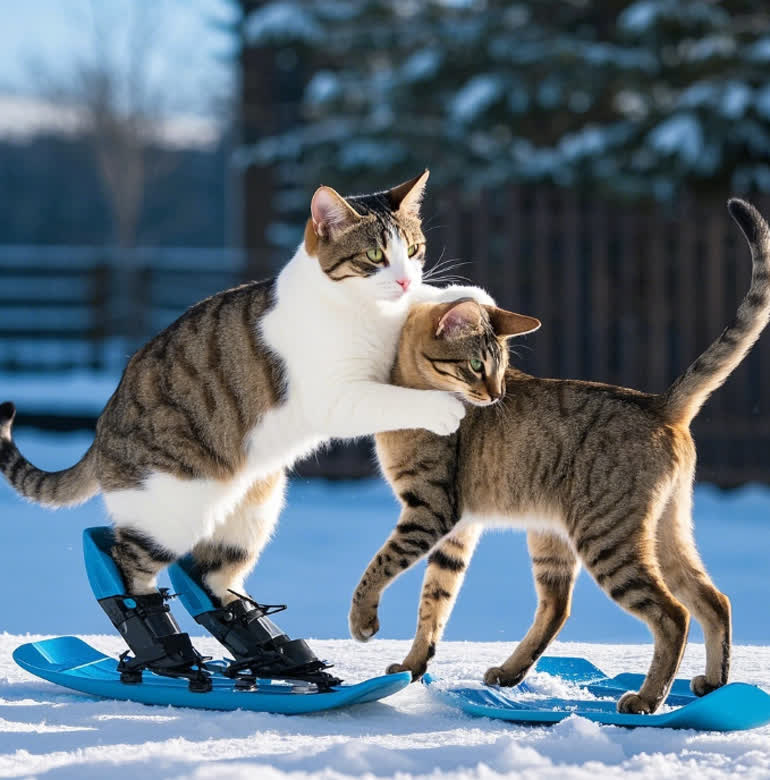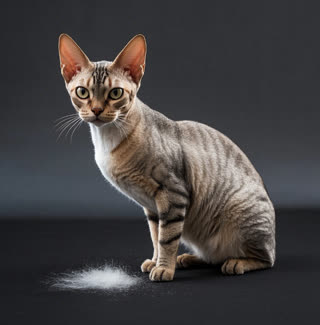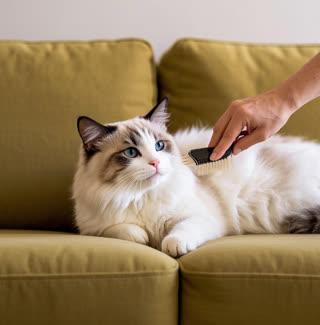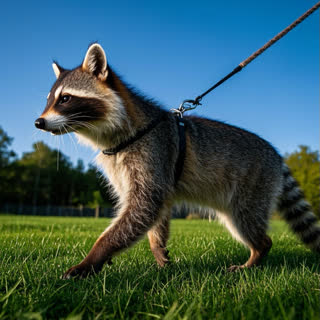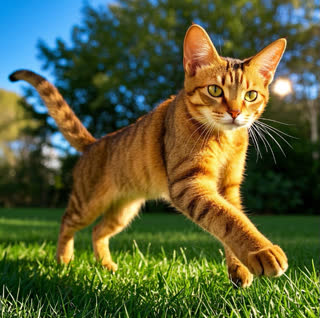The Snowshoe cat breed emerged in the 1960s when breeder Dorothy Hinds-Daugherty crossed Siamese cats with American Shorthairs to create a breed with distinct white "snowshoe" markings on its paws and chest . Despite nearly going extinct in the 1970s, dedicated breeders revived the Snowshoe, leading to its recognition by cat associations like TICA in 1994.
- Snowshoe Cat:
Size: Medium-sized, weighing 7–12 pounds, with a muscular build.
Coat: Short, sleek, and color-pointed (seal, blue, chocolate) with white paws and a "V" shaped facial marking.
Eyes: Striking blue almond-shaped eyes.
Distinctive Feature: White "snowshoe" markings on all four paws, resembling socks.
- Devon Rex:
Size: Small to medium, weighing 6–10 pounds, with a slender, agile frame.
Coat: Short, curly, and soft to the touch, lacking guard hairs, which gives it a velvety texture.
Eyes: Large, expressive eyes in shades of green, gold, or blue.
Distinctive Feature: Oversized ears and a mischievous, pixie-like appearance.
- Snowshoe Cat:
Social: Affectionate and loyal, often forming a strong bond with one family member.
Vocal: Chatty and communicative, using meows and purrs to express needs.
Activity Level: Moderately active, enjoying interactive play but also content to lounge.
Family-Friendly: Patient with children and adaptable to other pets .
- Devon Rex:
Playful: Energetic and curious, often described as "monkey-like" due to their climbing and acrobatic antics.
Sociable: Thrives on human interaction and loves to be the center of attention.
Intelligent: Quick learners, capable of fetching toys and responding to commands.
Affectionate: Cuddly and dog-like, often following owners around the house .
- Snowshoe Cat:
Coat Maintenance: Weekly brushing to minimize shedding and distribute natural oils.
Dental Care: Prone to gum disease, requiring regular teeth cleaning .
Exercise: Moderate playtime to prevent obesity.
- Devon Rex:
Coat Maintenance: Minimal brushing needed due to short, curly hair, but occasional bathing may be required to manage oily skin .
Ear Cleaning: Large ears accumulate wax, necessitating weekly cleaning to prevent infections.
Exercise: High energy levels require daily interactive play and climbing opportunities.
- Snowshoe Cat:
Common Issues: Progressive retinal atrophy (PRA), dental disease, and feline lower urinary tract disease (FLUTD) .
Lifespan: 12–15 years.
- Devon Rex:
Common Issues: Skin allergies, hypertrophic cardiomyopathy (HCM), and respiratory infections.
Lifespan: 9–15 years.
Both breeds are photogenic, but their online presence differs:
- Snowshoe Cat:
Visual Appeal: Contrasting white paws and blue eyes make them stand out in photos.
Content Ideas: Showcase their regal demeanor, leash-trained adventures, or heartwarming interactions with family members.
Example Accounts: @princesscheeto (50K+ followers) and @snowshoecatsofinstagram.
- Devon Rex:
Visual Appeal: Curly coats and expressive faces create unique, viral-worthy content.
Content Ideas: Highlight their playful antics, agility, or creative costumes.
Example Accounts: @alexanderthedevonrex (100K+ followers) and @rex_the_devon.
- Choose a Snowshoe Cat If:
You prefer a loyal, moderately active companion.
You value a calm, family-friendly personality.
You’re willing to invest in dental care and regular vet checkups.
- Choose a Devon Rex If:
You want a high-energy, interactive cat.
You’re prepared to provide daily mental and physical stimulation.
You’re comfortable managing skin and ear care.
The Snowshoe cat vs Devon Rex cat comparison reveals two remarkable breeds with distinct strengths. Snowshoes excel as affectionate, low-maintenance family pets, while Devon Rexes thrive in homes that prioritize play and socialization. Whether you’re looking for a feline companion to grace your Instagram feed or a loyal friend to share your daily life, both breeds offer unique charm and companionship. Consider your lifestyle, grooming preferences, and activity level to make the best choice for your household.
